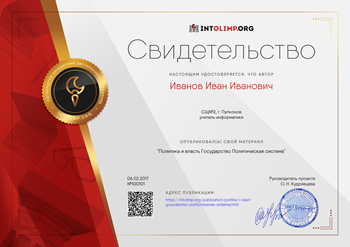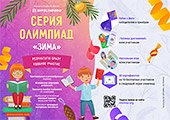Short plan № 22
| Long-term plan: Unit 2 “Living things” | Gymnasium № 41 | ||
| Date: | Teacher’s name: Kazanzhidi O.F. | ||
| Grade: 5 | Present: | Absent: | |
| Theme of the lesson: Parts of plants and trees. | |||
| Learning objectives(s) that this lesson is contributing to | 5.R2 understand with little support specific information and detail in short, simple texts on a limited range of general and curricular topics 5.W3 write with support factual descriptions at text level which describe people, places and objects 5.W7 use with some support appropriate layout at text level for a limited range of written genres on familiar general topics and some curricular topics | ||
| Lesson objectives | All learners will be able to read the text and guess the meaning of unknown words, write the part of the tree\the flower, compare the tree\the flower | ||
| Most learners will be able to answer the questions about plants , read the text and guess the meaning of unknown words, write the part of the tree\the flower, compare the tree\the flower correctly | |||
| Some learners will be able to answer the questions about plants correctly, read the text and guess the meaning of unknown words correctly, write the part of the tree\the flower, compare the tree\the flower correctly | |||
| Success criteria | Answer the questions about plants Reads the text about life of plants Guesses the meaning of unknown words Writes the parts of the tree\the flower Compares the tree\the flower | ||
| Value links | Values are instilled by/through discussion activities, answering the questions, respecting each other, sharing opinions. | ||
| Cross curricular links | Biology | ||
| ICT skills | Learners use online dictionaries if necessary, no ICT skills are focused on this lesson | ||
| Previous learning | Plants vocabulary | ||
Plan
| Planned timings | Planned activities (replace the notes below with your planned activities) | Resources |
|
5 min
17 min
6 min
8 min
2 min
2min
| 1.Warm up (P, f) Learners discuss in pair their home task, answer the question what we can get from plants. 2. Activity 1 (G, f) Learners read the text, they try to guess the meaning of the unknown words Learners will check up themselves. Then they read the text again and choose the best reader in their group.
What different parts of plants do The roots of a plant take up water and nutrients from the soil. The roots also keep the plant steady and upright in the soil; they "anchor" the plant. T The leaves use light from the sun, along with carbon dioxide from the air and water to make food for the plant. This process is called photosynthesis. [fəʊtə(ʊ)ˈsɪnθɪsɪs] (picture 1)
A plant needs these things to grow well: air, light, warmth, water, nutrients. A healthy plant is upright with green leaves. (picture 2) 2 A seed will not produce a plant at all if it is kept too cold. (picture 3) The seed needs warmth to germinate (develop from a seed into a plant) and start to grow into a healthy plant. A plant that is kept in a dark place will grow tall and spindly in search of light and then become weak and die. (picture 4) A plant that is not watered will have a weak stem and dried up leaves and will eventually die.
3.Activity 2 (G, f). Learners in group try to remember the parts of the tree\the flower. Then they write the parts and tell in front of the class about parts of the plants.
4. Work in the copy books. (P, I, f) Learners compare the tree\the flower using Diagram of Vein
Home task: Work with vocabulary Part, crown, leaves, twig- веточка, branch- ветвь, trunk- ствол, roots- корни, flower, fruit, leaf, steam- паровой, root, nutrient- питательный, soil- почва, carbon dioxide, germinate- прорастать, spindly- веретенообразный, eventually
5. Reflection 1. What was difficult? 2. What was interesting?
|
Learners’ copy books
Text for each group Keys
|



 he stem carries water and nutrients to different parts of the plant.
he stem carries water and nutrients to different parts of the plant.







